-unusual Ethiopian coffee.-what is Lim?
Professional coffee knowledge exchange more coffee bean information please follow the coffee workshop (Wechat official account cafe_style)
Ethiopian Lim G2 washing
Ethiopia Washed Limu G2
Country of origin: Ethiopia (Ethiopia)
Producing area: Limu producing area
Variety: Heirloom (native)
Producer: local coffee farmers in Limu
Altitude: 1850 Murray 1900m
Grade: washing G2
Harvest time: October of each year to February of the following year
Soil: Vertisols soil
1 | production area description:
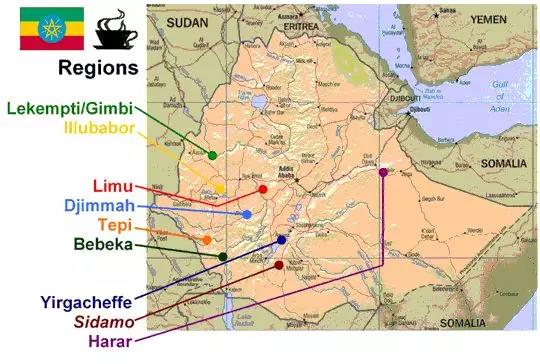
There are eight major coffee producing areas in Ethiopia: Lekempti, Limu, Illubabor, Djimmah, Harar, Teppi/Bebeka, Sidamo and Yirgacheffe.
Ethiopian coffee is highly rated in China, especially the Chinese people are particularly interested in and love the producing areas of Sidamo and Yirgacheffe in Ethiopia. Sidama province is located in the south of Ethiopia, with Arsi province in the north, Bale province in the east and Gamu Gofa province in the west.
Generally speaking, Limu producing areas are mainly water-washed beans, which taste milder than those in Sidamo, often with citrus characteristics; although not as famous as coffee from Sidamo or Yegashifi, they also produce coffee beans with many flavor features.
Friends who often taste Yega Xuefei and Sidamo coffee will have a different cup of washed coffee from Limu to add a different coffee topic. Coffee varieties are native to Ethiopia (Heirloom), and local small coffee farmers grow them in a 100% organic way. Soil is Vertisols soil. Plant between 1850 and 1900 meters above sea level.
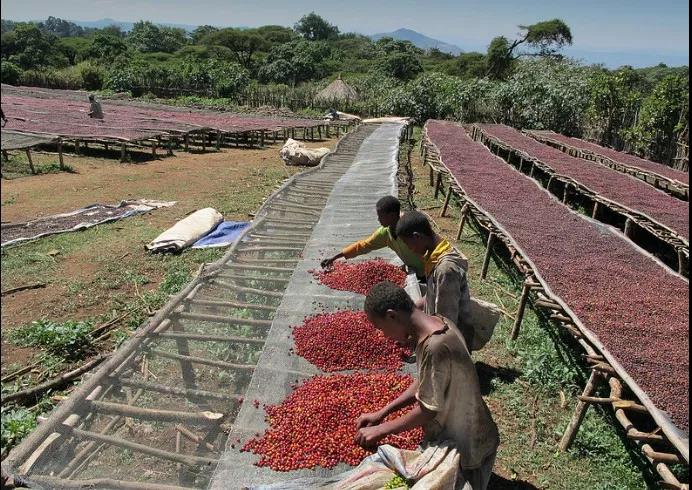
The output of lim is low, and it is mainly exported to Europe and the United States. It is not easy to buy in China in the past, but it is very popular in Europe and America, and its fame is second only to Yega Xuefei. Lim's taste spectrum is different from that of Sidamo and Yega Chuefei: its body is thinner, and its floral and citrus aromas are inferior to those of Yega and Sidamo, but with a hint of grass and cocoa and sandalwood.
| 2 | introduction to processing methods |
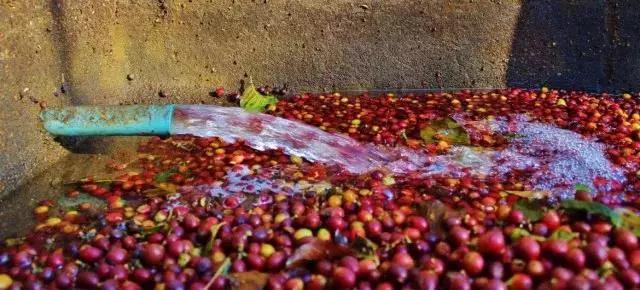
Washing method (Washed):
The peel, pulp and mucous membrane are removed by washing and fermentation. farms that use the washing method must build washing ponds and be able to introduce an endless supply of live water. During the treatment, the fermented beans are put into the pool and passed back and forth, using the friction of the beans and the power of running water to wash the coffee beans until smooth and clean.
After washing, the coffee beans are still wrapped in the pericarp with a moisture content of 50%. They must be dried to reduce the moisture content to 12%, otherwise they will continue to ferment and become moldy and rotten.
The better treatment is to use sunlight to dry, although it will take 1-3 weeks, but the flavor is very good and very popular.
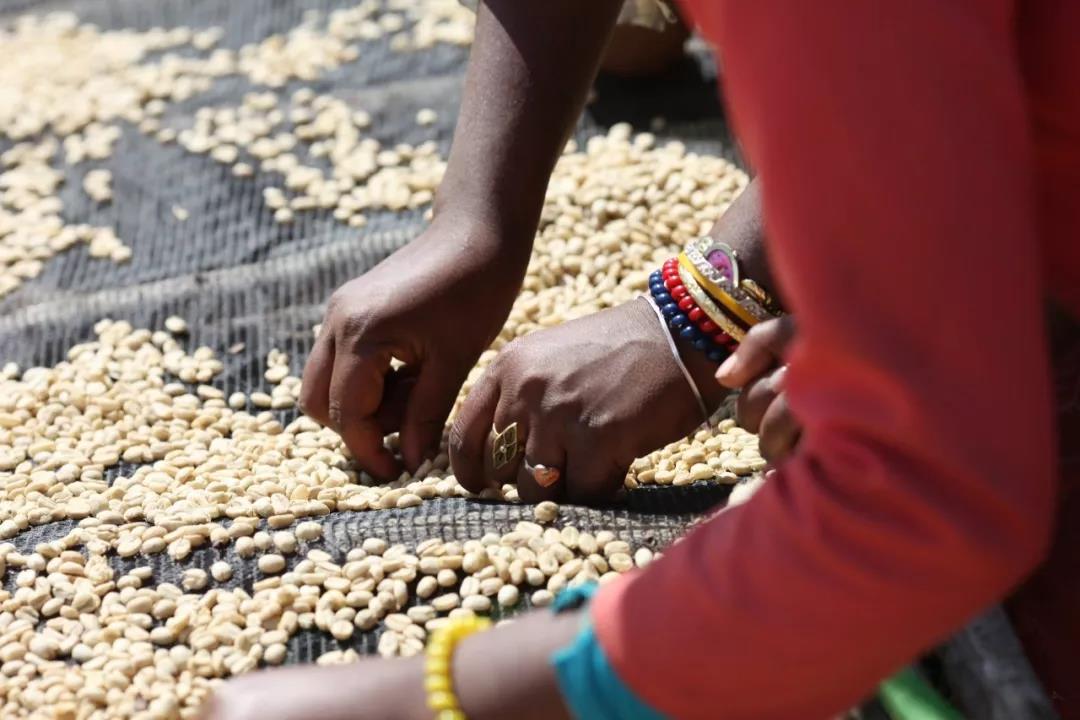
3 | Analysis of raw beans
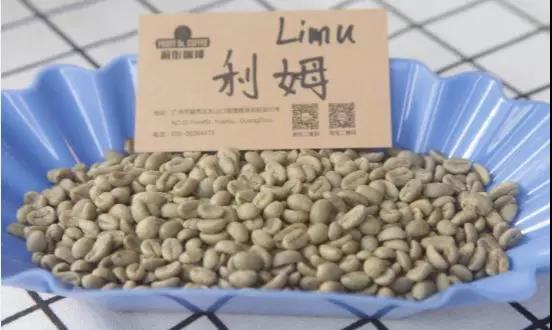
Regular Ethiopian coffee drinkers should have heard of the original species [Heirloom]. Most Ethiopian varieties are named after this name, in fact, because there are too many Ethiopian varieties. It is like the natural gene bank of Arabica. On the one hand, there are many varieties, and it is difficult to identify and classify them. On the other hand, the Ethiopian government is reluctant to disclose the information of these varieties for protection reasons. So it is collectively called [Heirloom native species].
Nearly 2000 coffee varieties have been recorded in Ethiopia, including 1927 native varieties and 128 imported varieties. So just by looking at the appearance, Esther's coffee variety is "Grand View Garden", which has everything, long, short, thin, fat.
4 | Baking analysis
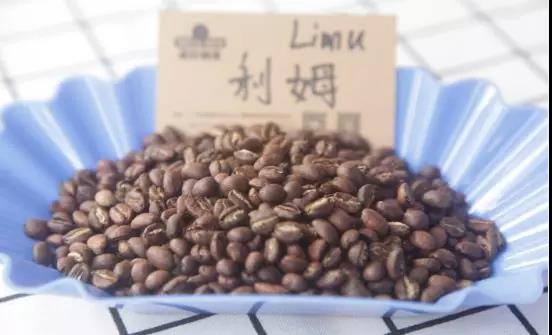
With medium density and medium roasting, this coffee is best suited for the roasting degree of lim tonality, with fresh grass and sour aromas of apples, which thickens the taste of coffee and has a cocoa and berry aftertaste.
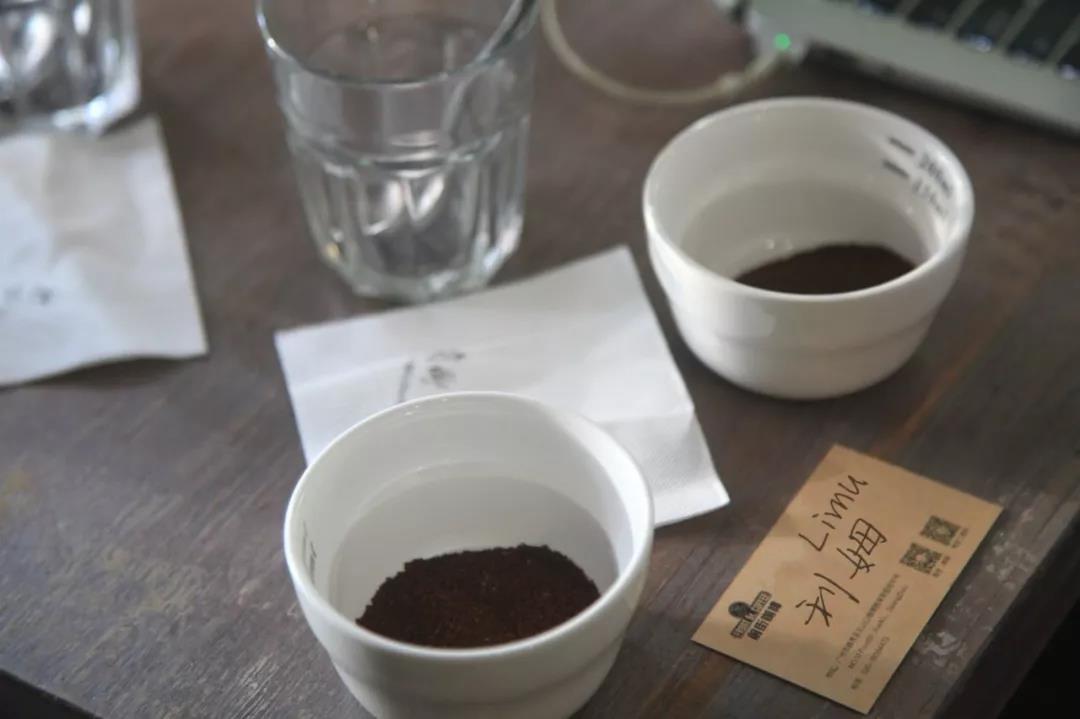
Roaster Yangjia 600g semi-direct fire
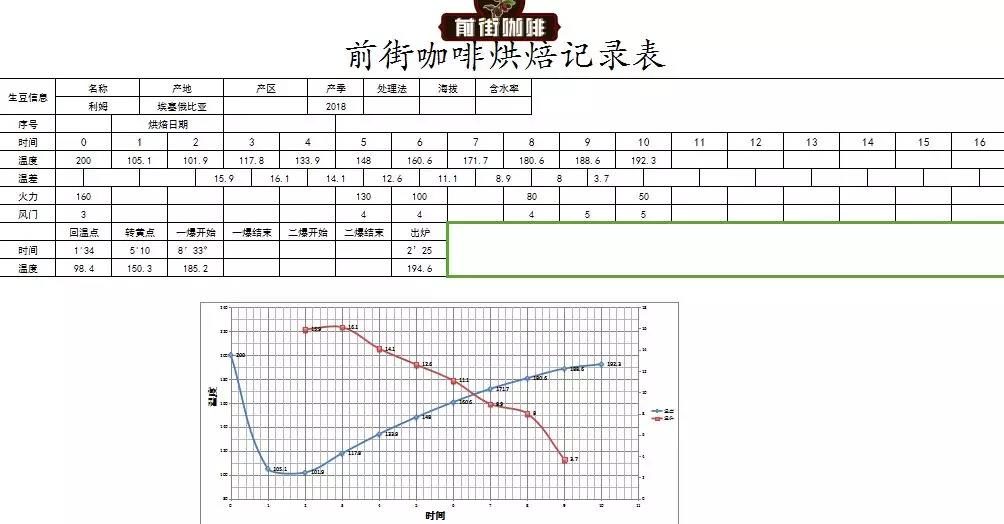
Using fast stir-frying mode, furnace temperature to 200 degrees Celsius into the pan, throttle open 3 degrees Celsius for 1 minute, adjust firepower 160C, throttle unchanged, bake to 5o10 ", temperature 150C, bean surface turns yellow, grass smell completely disappears, dehydration is complete, firepower is adjusted to 130C, throttle opens to 4x168 °C for Mena reaction point, firepower is reduced to 100C to develop flavor; 180C firepower is lowered to 80C again, medium firepower enters an explosion.
In the 8th minute, wrinkles and black markings appear on the bean surface, and the smell of toast obviously changes to the smell of coffee, which can be defined as a prelude to an explosion. At this time, it is necessary to listen carefully to the sound of the explosion point, to 8: 33 "start to explode, the throttle is fully open, and the firepower is lowered to 50 degrees to 194.6 degrees.
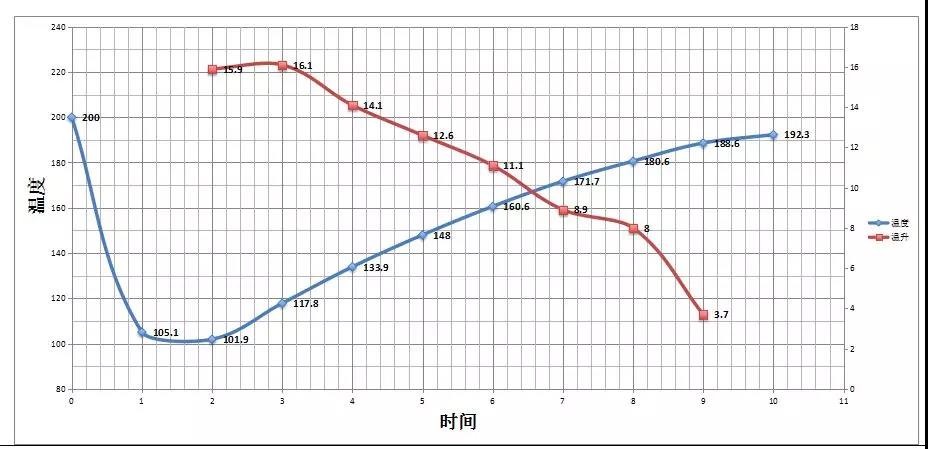
5 | Cooking analysis
Recommended cooking method: hand flushing.
V60 filter cup, 15g powder, water temperature 89 degrees, small Fuji grinding degree 4, water powder ratio close to 1:15.
30 grams of water steaming, steaming time for 30 seconds, subsection: injection to 130 grams of water cut off, such as the water level dropped 1 stroke 3, re-injection to 230 grams.
When cooking lim, you should master the temperature and time of cooking water, otherwise it is easy to produce bad taste.
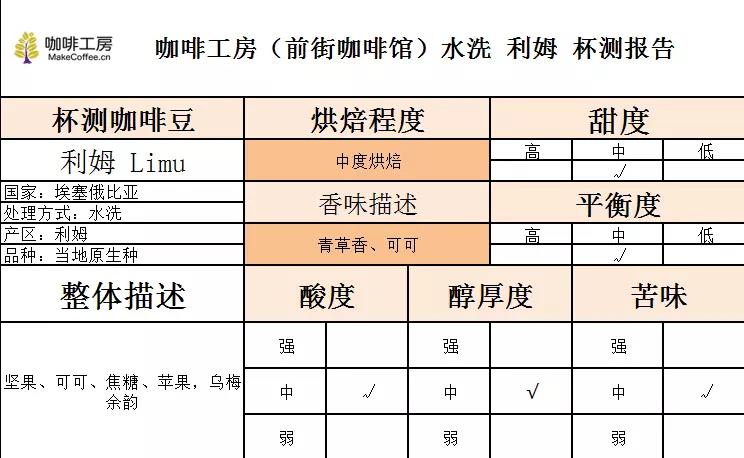
Important Notice :
前街咖啡 FrontStreet Coffee has moved to new addredd:
FrontStreet Coffee Address: 315,Donghua East Road,GuangZhou
Tel:020 38364473
- Prev
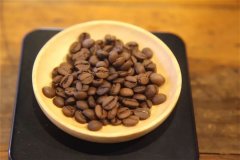
What is Rwandan bourbon coffee? What are the flavor characteristics of Rwandan bourbon coffee?
Professional coffee knowledge exchange more coffee bean information please follow coffee workshop (Wechat official account cafe_style) Rwanda is a small mountainous country located in the equator in eastern Africa, covering an area of 26000 square kilometers, more than 10 million of the population depends on coffee exports for more than half of its economy. The genocide in Rwanda in 1994 shocked the world. The film Hotel Rwanda tells the story of this history.
- Next
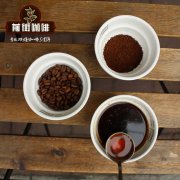
The flavor of Kayon Mountain Farm in Kaiyong Mountain, an Ethiopian coffee bean producing area? Such as
Professional coffee knowledge exchange more coffee bean information please follow the coffee workshop (Wechat official account cafe_style) Ethiopia coffee bean Guji producing area Kaiyong Mountain Kayon Mountain farm flavor? How to wash Guji Sun in Kaiyong Mountain by hand? Single-farm coffee is rare in Ethiopia, and this Kaiyong Mountain is one of them. The farm is in Guji, although the flavor is similar to that of the west.
Related
- Detailed explanation of Jadeite planting Land in Panamanian Jadeite Manor introduction to the grading system of Jadeite competitive bidding, Red bid, Green bid and Rose Summer
- Story of Coffee planting in Brenka region of Costa Rica Stonehenge Manor anaerobic heavy honey treatment of flavor mouth
- What's on the barrel of Blue Mountain Coffee beans?
- Can American coffee also pull flowers? How to use hot American style to pull out a good-looking pattern?
- Can you make a cold extract with coffee beans? What is the right proportion for cold-extracted coffee formula?
- Indonesian PWN Gold Mandrine Coffee Origin Features Flavor How to Chong? Mandolin coffee is American.
- A brief introduction to the flavor characteristics of Brazilian yellow bourbon coffee beans
- What is the effect of different water quality on the flavor of cold-extracted coffee? What kind of water is best for brewing coffee?
- Why do you think of Rose Summer whenever you mention Panamanian coffee?
- Introduction to the characteristics of authentic blue mountain coffee bean producing areas? What is the CIB Coffee Authority in Jamaica?

